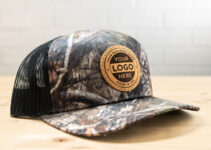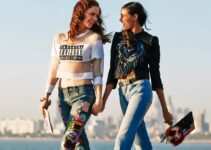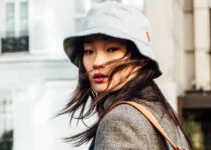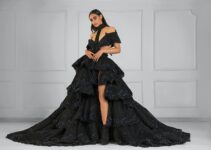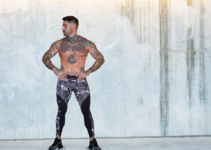In the bustling e-commerce era, apparel photography has transcended simple picture-taking. It’s now about weaving a visual narrative that resonates deeply with consumers. As online markets expand, the photography of clothing and accessories has adapted, embracing broader and more inventive methods.
Evolving Photography Sessions
Gone are the days of paying per image. Nowadays, it’s all about comprehensive sessions, offering an array of visual content like photos, videos, and GIFs. Brands now get a complete package, including raw files, providing a cost-effective solution that keeps pace with rapidly changing fashion trends. This variety ensures a constantly fresh and appealing online presence.
Capturing Fashion’s True Spirit
Apparel photography is a delicate interplay of light, shade, and hue. Techniques like flat-lay photography are crucial for highlighting intricate details and designs, especially in extensive collections. But it’s more than just technique; it’s about capturing the garment’s soul. Lifestyle photography is key here, placing apparel in real-life scenarios, making them more tangible and desirable to viewers.
Models: Bringing Clothes to Life
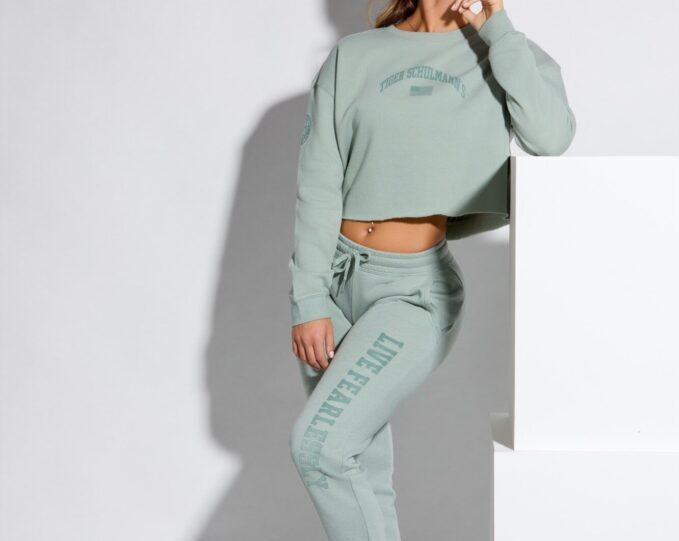
Models play a crucial role in apparel photography, transforming static garments into vibrant, living fashion statements. They do more than just wear the clothes; they infuse them with life and personality, offering a preview of how they might look and move in everyday life. This aspect is particularly vital in the realm of online shopping, where the physical experience of touching and feeling the fabric is absent. By modeling the clothing, they bridge this sensory gap, allowing viewers to imagine the texture, fit, and drape of the garments.
Moreover, models add a human element to fashion pieces, making them more relatable and desirable. Seeing clothing in a real person helps potential buyers visualize themselves in the outfits, which is a powerful tool in influencing purchasing decisions. Models can showcase the versatility of clothing, demonstrating how a piece might be styled for different occasions or body types. This visualization is especially important in an era where online consumers expect a comprehensive understanding of the product before making a purchase.
The presence of models in apparel photography also aids in conveying the brand’s identity and values. Different models can represent diverse demographics, embodying the inclusivity and range of the brand. They can also convey a specific lifestyle or attitude associated with the brand, whether it’s casual comfort, professional elegance, or avant-garde edginess. This helps in creating a connection with the target audience, as consumers often seek brands that align with their personal identity and lifestyle.
In addition, using models allows for dynamic photography, capturing the clothing in various poses and movements. This dynamism adds an element of realism and excitement to the images, showcasing the functionality and flexibility of the apparel in real-life scenarios. Such imagery is not just about displaying a product; it’s about telling a story in which the viewer can see themselves as the protagonist.
In conclusion, models are more than just mannequins; they are essential storytellers in apparel photography. They provide context, add relatability, and help create a compelling narrative around the clothing, making it more appealing and accessible to the online shopper. In doing so, models play an indispensable role in bridging the gap between the digital display and the physical reality of fashion.
Post-Production: Crafting Perfection

In the world of apparel photography, the post-production stage is where the true artistry unfolds. This phase goes beyond basic editing; it’s a meticulous process where every detail is fine-tuned to ensure that the final images are not just visually appealing, but also a true representation of the product. Careful editing in post-production is essential for aligning the colors, textures, and overall ambiance of the photographs with the brand’s identity and aesthetic vision.
Color correction plays a pivotal role in this stage. It’s not just about making the colors pop; it’s about ensuring color accuracy, which is crucial in online retail where customers rely on images to make purchasing decisions. Adjusting the hues to reflect the true colors of the apparel can be the difference between customer satisfaction and returns due to unmet expectations.
Texture detailing is another critical aspect of post-production. The way fabrics look in photographs – their sheen, texture, and drape – needs to accurately reflect their real-life counterparts. This level of detail helps customers understand what they’re buying, whether it’s the softness of a cotton t-shirt or the intricate weave of a woolen sweater.
The overall vibe of the images is also sculpted during post-production. This includes adjusting lighting, contrast, and saturation to evoke the desired mood. Whether the brand aims for a bright and airy feel or a more dramatic, moody atmosphere, post-production is where this ambiance is carefully crafted.
Retouching is also an integral part of this stage. It involves removing distractions, correcting imperfections, and sometimes reshaping products for a more aesthetically pleasing look. However, it’s important to maintain a balance, ensuring that the retouching enhances the product’s appearance without misleading the customer.
Furthermore, post-production is where creative effects and branding elements are incorporated. This can include adding backgrounds, logos, or other graphical elements that align with the brand’s marketing strategy. These additions help in creating a cohesive look across all product images, reinforcing the brand’s identity.
In essence, post-production in apparel photography is a critical step in transforming a good image into a great one. It’s a blend of technical skill and creative vision, essential for delivering images that not only captivate the viewer but also provide an accurate and enticing portrayal of the products. This stage, therefore, is not just about crafting perfection; it’s about building trust and authenticity in the brand-customer relationship.
The Future of Fashion Photography
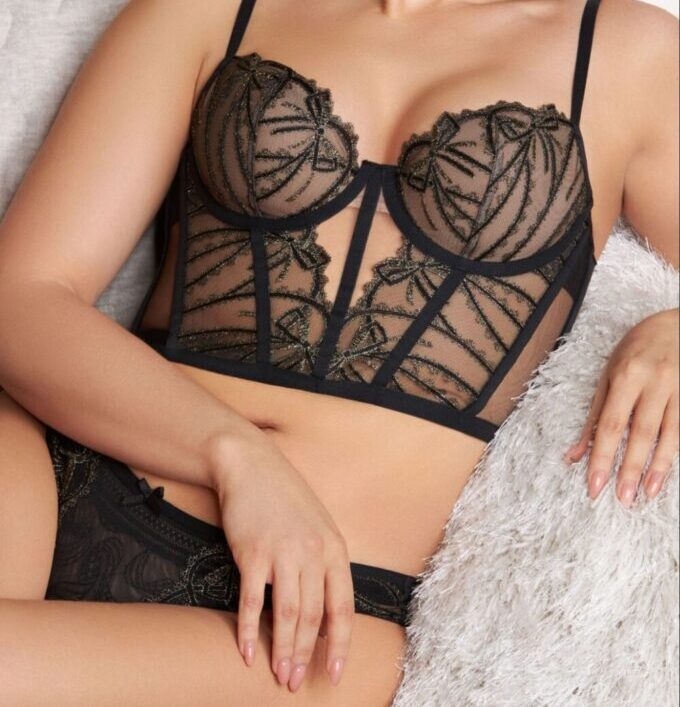
As fashion continues to evolve, so does the approach to photography. The shift to comprehensive sessions is a significant change in digital presentation, offering brands diverse content and fostering greater creative and marketing flexibility.
Knowing Your Audience
Successful apparel photography hinges on understanding the target audience. Knowing their preferences, lifestyles, and fashion perceptions enables the creation of images that truly connect and engage. This customer-focused approach is essential for producing visuals that not only showcase the clothing but also narrate a story that resonates with the audience.
Embracing Modern Techniques
To conclude, the move towards all-encompassing photography sessions heralds a new era in fashion’s digital portrayal. This method not only provides a spectrum of visual content but also allows for more creative and flexible marketing. In an e-commerce world dominated by online shopping, masterful and versatile fashion photography is key to capturing the essence of apparel and effectively connecting with the online audience.
The Impact of High-Quality Photography on Online Sales
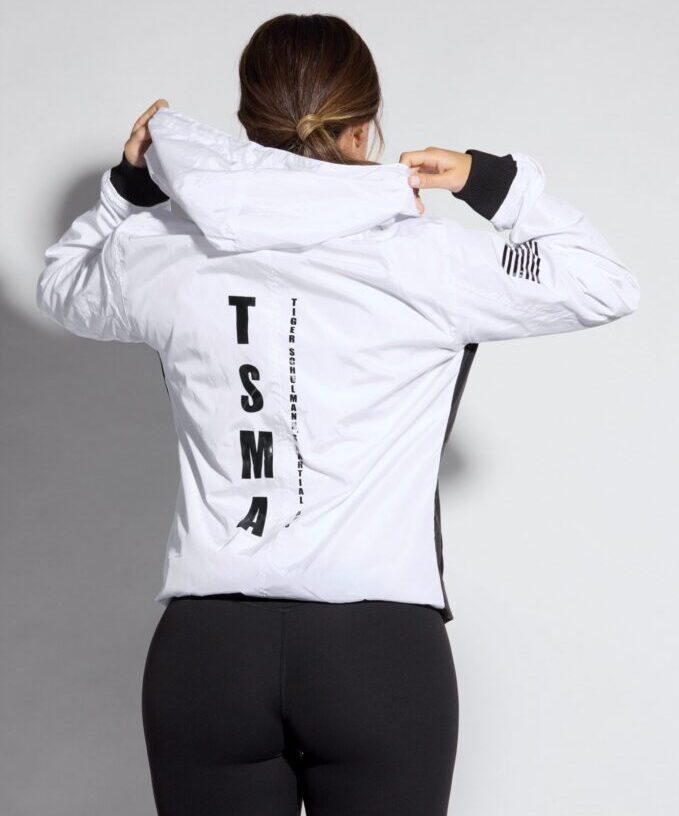
High-quality product photography has a profound impact on online sales. For instance, MDG Advertising found that 67% of consumers deem image quality crucial in online purchases, underscoring the importance of visuals in consumer decision-making. Jeff Bullas’s report states that image-rich articles receive 94% more views, highlighting the attention-grabbing power of visuals.
BigCommerce’s survey revealed that 78% of online shoppers crave photographs that make products come alive, showing the importance of high-quality, lifelike images in bridging the online-offline shopping gap. eBay Research Labs found that listings with better photo quality increased sales by 5% – a significant figure in the vast online retail market. Etsy’s research showed that products with higher-quality images are 3.5 times more likely to sell, indicating a high return on investment for professional photography.
These findings highlight the immense value of professional product photography in e-commerce. It’s not just about displaying a product; it’s about creating an engaging visual experience that builds trust and drives sales. In a competitive digital marketplace where snap judgments are made based on visuals, investing in high-quality product photography is paramount for businesses seeking to excel online. This aspect of digital marketing is critical for influencing the bottom line and shaping brand perception.


